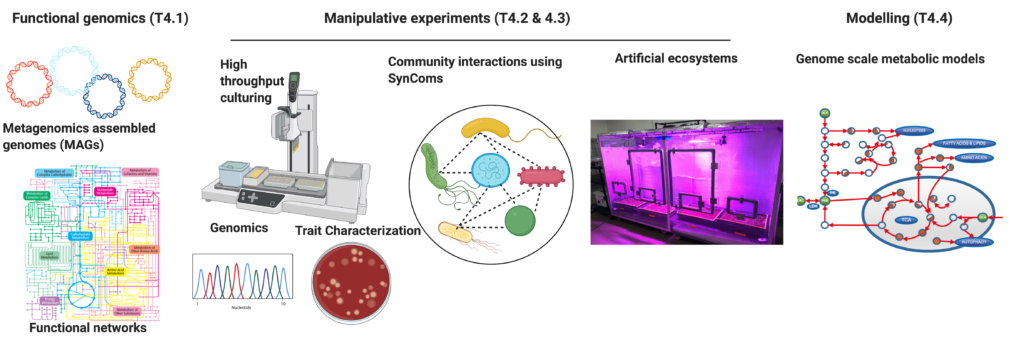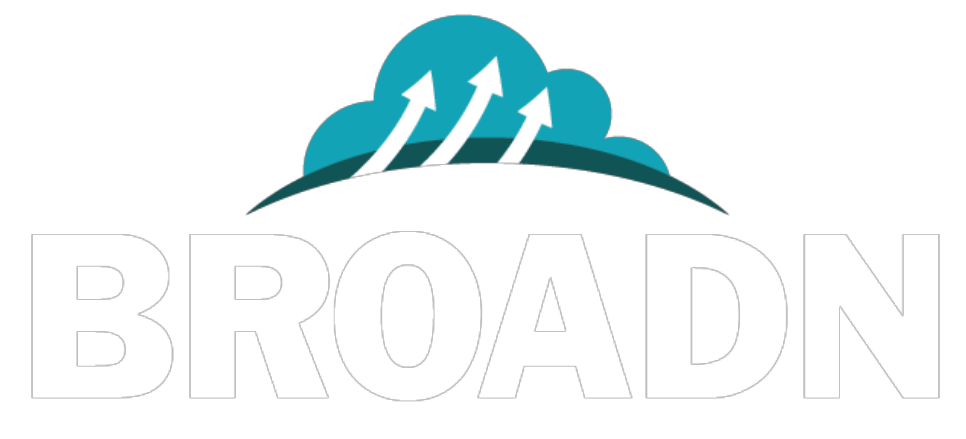Theme 4:
The functional properties of the aerobiome
Theme Leads: Jan Leach and Pankaj Trivedi
Theme 4 focuses on the question “Which traits allow microscopic organisms to become aerosolized, transported, and result in ecosystem impacts?” Understanding these functional attributes will be necessary for modelling approaches to recognize and predict aerobiome-environmental interactions.
Although there are strong indications that members of the aerobiome are metabolically active and adapted to harsh environmental conditions, traits that contribute to success of organisms in the aerobiome and result in ecosystem impacts are unstudied. Aerobiome research has largely focused on description of microbial communities, and identification of temporal changes in a limited number of sites. Few studies have attempted to characterize the genomic traits that determine how microbes enter, move, and survive in the atmosphere, or how aerosolization influences microbial interactions with each other or the terrestrial ecosystems.
We will apply metagenomics and metatranscriptomics to identify the potential functional repertoire of the aerobiome microbes, and to predict how those functions are impacted by environmental disturbances. To test hypotheses on which microbial traits are important for aerosolization and life in the aerobiome, BROADN will use novel lab-based systems. We will incorporate this knowledge into modelling approaches to understand and predict local and global aerobiome-environmental interactions, with the potential to develop mechanistic approaches to model airborne disease spread and to mitigate pathogen transmission.

